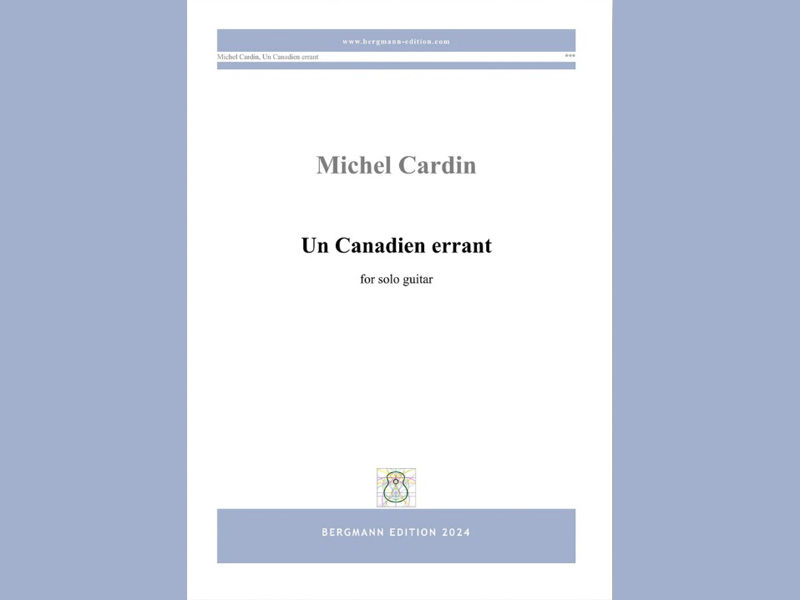Rod Whittle : Tremolo Pieces : 5 pieces by Scriabin, Regondi, Coste, &Faure arr gtr : Bergmann
- chrisdumigan
- May 13, 2022
- 3 min read
Updated: Jun 4, 2022

Scriabin; Regondi; Coste; & Faure : arranged by Rod Whittle
Bergmann Edition: 26 pages
The second book by Rod Whittle of Tremolo pieces are all arrangements of some form or other. The Opening work by Alexander Scriabin (Prelude Op9 No1) is originally for piano, but left hand only, and originally in C#m , but here moved to a more guitar – friendly Am. If you didn’t know the original work, you might wonder what is happening in a number of places here where instead of the music being entirely bass semi – quavers, following by three hemi – demi – semi quavers throughout, there is an occasional place where the bass is a semi – quaver but is followed by a triplet of three hemi – demi – semi quavers, which changes the rhythm. However a listen to the original and you realize that at those points, the piano has a dotted note rhythm, and therefore the triplet is meant to land a little later than just the straight constant four notes of the tremolo. This does make this tricky in a number of places, and to be fair, clever though this arrangement is, I am not sure that making this piece into a tremolo study actually works.
The Giulio Regondi piece is a section from his Reverie –Nocturne Op19, and is taken directly from that larger piece, that is not completely in tremolo form originally. Regondi’s music is of course very romantic in style, and he was a brilliant writer and (no doubt) performer, and so the work is a very useful tremolo section, which if players enjoy, and then maybe they should then look up the complete original.
The Coste piece is the 6th Etude from his 25 Etudes de Genre Op38.Originally in 2/4 in, for the most part, straight quavers built up of a constant changing pattern of chords, and having a cadenza of huge proportions in the middle before returning to the original quavers idea, this arrangement where it is placed into 9/8 and then put into tremolo form, for me just doesn’t work very well, especially as I am a particular lover of the music of Coste. As a result I don’t really appreciate anyone changing his music unnecessarily. Yes, if you didn’t know the original work, you might enjoy some of this in this arrangement, but anyone who does in fact know it , will I think struggle to enjoy it.
The final two pieces are both by the French composer Gabriel Faure, firstly his Pie Jesu from the Requiem in Dm Op48, which with its dropped D 6th, and lovely melody, tends to work well in its tremolo form, and his Cantique de Jean Racine Op11, in the same tuning, again originally for choir and orchestra, as the previous, and again which with its emotive melody does work quite well here.
The main thing about tremolo pieces is that are a technique that you must be able to get on top of, if you want to consider your technique as being thorough and complete, and so therefore it is very useful to have new works that adopt this. However I am not completely convinced by a handful of these arrangements, even though they are crafted well in themselves, but you the purchaser might think entirely differently. So, if you are interested in the idea, give them a try.
Chris Dumigan




Comments